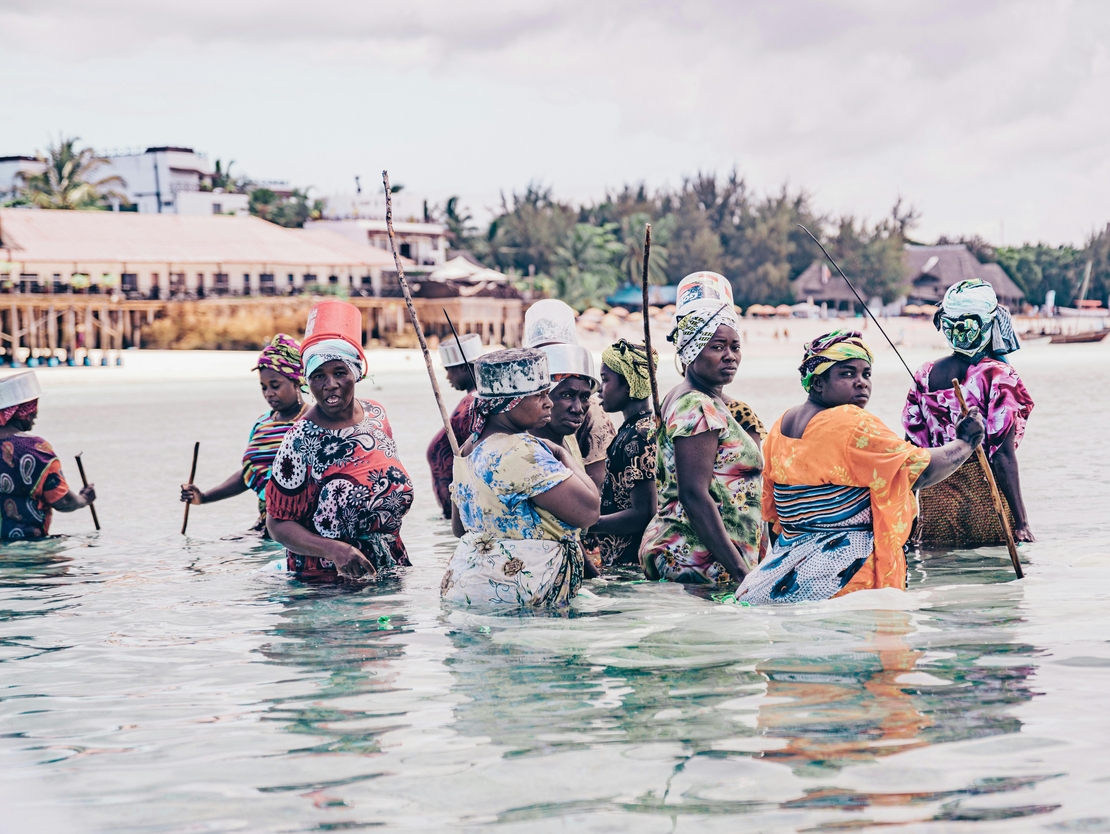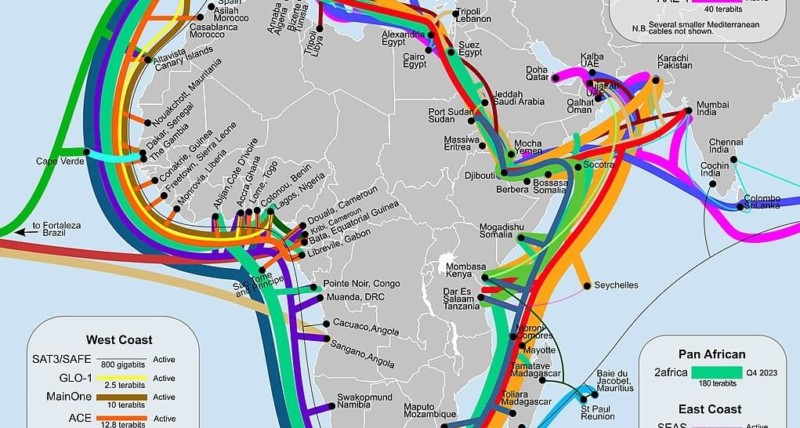The “People of the Oceans Breakthrough” session, organized by the ReSea initiative, brought together Indigenous peoples, local communities, governments, and supporting organizations from around the world to chart a collective path for ocean-climate action. Conducted in a dynamic and interactive format, the discussion marked a key milestone toward developing a shared vision that ensures Indigenous and coastal local knowledge, rights, and leadership anchor the global ocean agenda.
The session opened with “voices of the ocean,” performed by Kevin Chang (Kuaʻāina Ulu ʻAuamo, Hawaii), who sang a song celebrating the deep connection between people, culture, and the sea, setting a reflective and powerful tone for the conversation grounded in relationship and reciprocity.
Thomas Sberna and Vatosoa Rakotondrazafy (both from IUCN) called for a coordinated ocean-climate community that moves “from commitment to implementation” with the People of the Oceans at the center. “Local stakeholders are best placed to advance this agenda. Ocean breakthroughs must be informed and led by Indigenous peoples and local communities.”
Recognizing Governance and Rights of the People of the Oceans
Pamela Castillo (Wildlife Conservation Society) moderated the first discussion, exploring how Indigenous governance systems and territories can be recognized within international frameworks, such as the 30×30 target and OECMs (Other Effective area-based Conservation Measures).
June Rubis (APAC Consortium – Indigenous and Community Conserved Territories and Areas) emphasized that, for many coastal Indigenous peoples, “the ocean is not a separate territory.” Governance, she explained, is not about “management” but “care and relationships.”
“Indigenous peoples and local communities are visible as stakeholders but invisible as guardians,” she said. Panelists noted that strong customary governance already exists in many ocean territories; the challenge lies in recognition, not reinvention.
Remmy Safari (Oceans Alive Foundation, Kenya) highlighted the need to go beyond symbolic inclusion: “It’s not just about giving communities a seat at the table—it’s about giving them a voice and recognizing their actions.” Jose Monteiro (ReGeCom, Mozambique) added: “With good governance systems in place, 80% of problems are already solved. What we need to add is effective management.”
From Recognition to Action: Inclusive Pathways for 30×30
A recurring message was that government-managed marine protected areas alone cannot meet global targets. Panelists advocated for the inclusion of Indigenous- and community-led marine areas in conservation objectives, along with stronger legal recognition of customary land rights and decision-making authority.
“How will governments deliver 30×30 without working with their people? … Ultimately, it’s about building an aspect of our economy that helps our people remain connected and care for their territories,” said Kevin Chang.
June Rubis suggested that more inclusive definitions under the UN Convention on Biological Diversity’s 30×30 target would be beneficial, incorporating indicators for self-determination, gender equity, and traditional governance—not only biodiversity data.
Thomas Sberna emphasized that the People of the Oceans have a unique opportunity: “They have the chance to claim the ocean as theirs—just as it is. Anyone can apply for OECMs if they meet the criteria.”
Direct Access to Funding and Women’s Leadership
The second session focused on direct access to funding, well-being, and leadership capacity, highlighting Indigenous women and youth.
Sara Omi (Emberá Indigenous Expert) emphasized the intersection of gender, territory, and justice: “Women are often seen as vulnerable, but they are on the frontlines. Direct access to funding for Indigenous women is essential and must be linked to recognition of their rights.”
Participants noted systemic barriers, such as land inequalities, that exclude women from decision-making and financing opportunities. They called for reforms to ensure climate funding reaches community institutions directly and flexibly.
Kerry Max (Global Affairs Canada) shared examples of how the Canadian government funds Indigenous organizations while navigating the balance between donor safeguards and the need for flexible financing. Magdalyne Were (Mission Inclusion) stressed the importance of transparency and information-sharing to enable community access to funding.
Emerging Priorities
By the session’s end, participants identified priority areas for the People of the Oceans breakthrough:
- Recognition and Rights – Direct recognition of Indigenous and local community ocean governance and customary marine territories.
- Direct Access to Funding – Flexible and equitable funding models empowering local communities and women.
- Knowledge and Capacity – Strengthening community-based science, monitoring, and traditional knowledge systems.
- Leadership and Representation – Ensuring Indigenous and local communities lead ocean governance at national and international levels.
- Well-being and Livelihoods – Building regenerative blue economies that support both culture and nature.
“The governance of the People of the Oceans must be recognized by governments—it must be acknowledged and respected as a first step,” concluded the session.
Looking Ahead: A Historic Moment
As Vatosoa Rakotondrazafy noted, 12 October marked “a historic moment—the beginning of the People of the Oceans breakthrough, a movement to which all friends of Indigenous peoples and coastal local communities are invited to join and support.” Participants agreed to continue shaping this collective program through shared platforms such as CBD COP16 and the UN Decade of Ocean Science.
About ReSea
The ReSeas project (ReGenerative Seascapes for People, Climate & Nature) addresses growing vulnerabilities of marine and coastal ecosystems in the Western Indian Ocean due to climate change, biodiversity loss, urbanization, and population growth. Implemented in partnership with IUCN and Mission Inclusion, and supported by Global Affairs Canada, ReSea promotes nature-based solutions for climate adaptation within a network of regenerative coastal seascapes to enhance climate resilience and support gender-sensitive socio-economic development of coastal communities.



